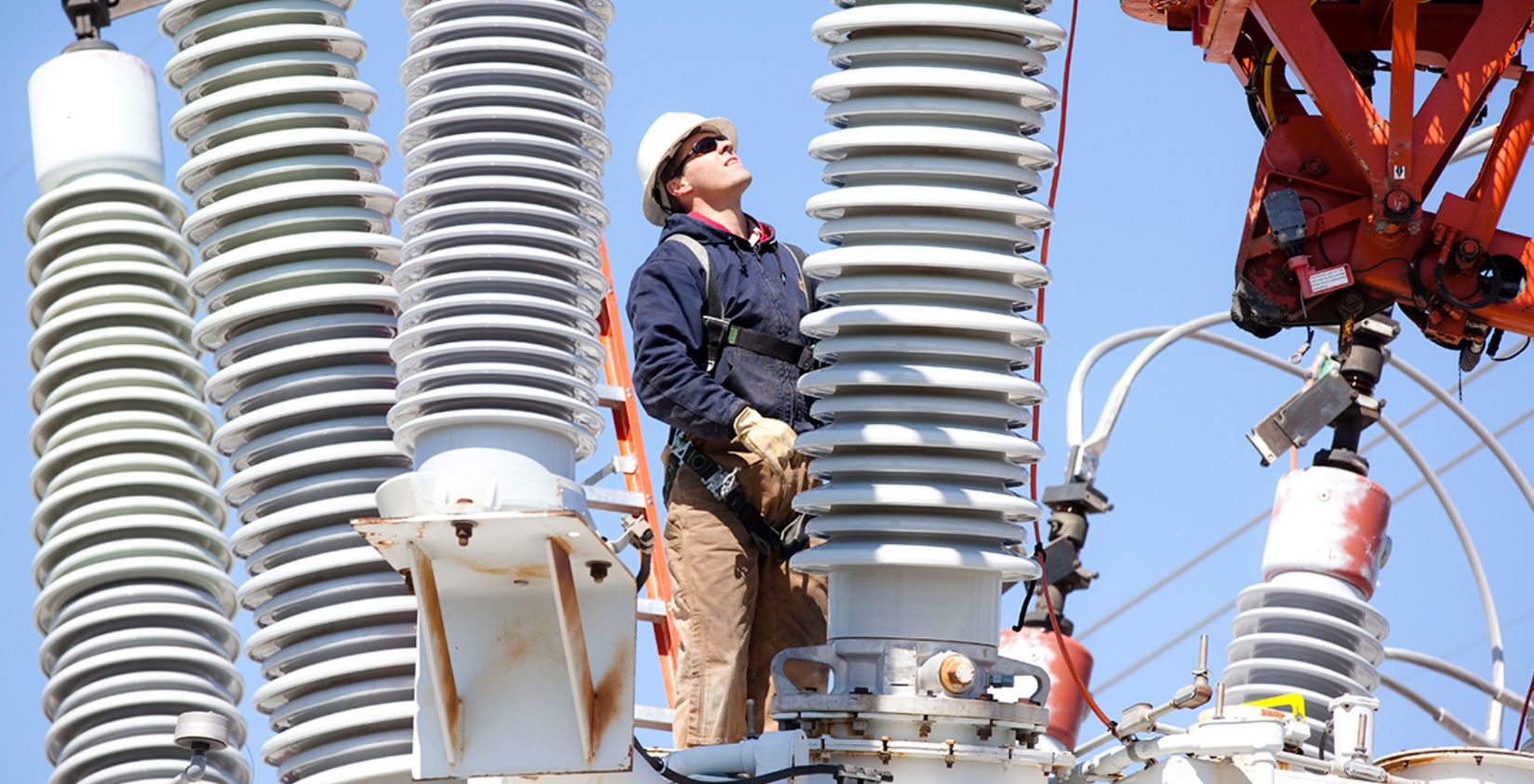Demand for electricity growing statewide

Demand for electricity in Nebraska is expected to grow much faster than previously anticipated, prompting the need for more generation to continue serving customers, according to a recent report.
Nebraska’s public power utilities are expected to see average annual growth of 1.5% through 2042. The rate might seem modest at first, but it’s more than three times higher than the 0.4% growth rate projected last year.
Utilities updated their projections as an increasing number of very large customers announce plans to build or expand their operations throughout Nebraska. The Nebraska Power Association, a group representing public power providers statewide, released the information in its annual report.
“It’s a fairly large increase from previous years, almost all of that due to the ways that the utilities are representing some of these large single-point loads that might be added,” said Jason Fortik, vice president of Power Supply for Lincoln Electric System, who spearheaded the report.
OPPD, others see strong demand
The report shows that strong demand is an issue throughout Nebraska, just as it is in OPPD’s service territory.
OPPD’s Board of Directors recently approved a plan to add an unprecedented 100 megawatts annually over the next several years to keep pace with the needs of its service territory. Just a few years earlier, OPPD was adding generation at a much more modest 4 megawatts per year.
Larger, industrial customers – including data centers, food processors, manufacturers, agricultural companies and others – are driving much of OPPD’s growth. Those customers are building new facilities and adding jobs in Nebraska. But the need to expand is also coming from new homes, schools and smaller businesses that are locating in the service territory.
OPPD officials say much of the growth statewide is due to Nebraska’s pro-business climate and talented workforce.
Statewide, Nebraska utilities have a nameplate capacity of 9,924 megawatts from a variety of sources, primarily coal, natural gas, wind and nuclear. Nameplate capacity means the maximum output that a generator is physically capable of producing, but that may not be available in all circumstances.
Nebraska’s total accredited capacity was 7,689 megawatts. Accredited capacity is generation that meets the requirements of the Southwest Power Pool (SPP) for serving peak electrical load conditions. SPP is a regional transmission organization of which OPPD is a member.
The report shows that about 60% of the state’s energy produced by the state’s electrical generation came from coal in 2022, followed by wind at 19% and nuclear at 17%. Natural gas accounted for 3% but is likely to grow in future years as OPPD and others work to meet growing demand with affordable, reliable and environmentally sensitive power.
Renewable sources
Nebraska utilities are also looking to add a lot more generation with a strong focus on renewable sources, according to the report. Utilities reported at least 928 megawatts of accredited, renewable generation in various stages of consideration, which includes projects being studied, those in the planning stages, and “committed” projects that have received approval and are under construction.
The “committed” renewable projects include OPPD’s Platteview Solar, an 81-megawatt solar array in Saunders County.
Utilities are also studying or have committed to 1,343 megawatts of conventional generation, which includes OPPD’s Standing Bear Lake and Turtle Creek balancing stations, and 391 megawatts of unspecified generation from Nebraska Public Power District.
Nebraska utilities also have more than 15,000 megawatts of generation that is awaiting interconnection approval from the SPP. The SPP manages the electric grid and helps ensure reliable power and competitive wholesale electricity in many states, including Nebraska.
Demand for power accelerating
Statewide demand for electricity is projected to continue growing sharply over the next several years, according to the report. If Nebraska utilities were to rely on “committed” and existing resources alone, demand would exceed the supply of available electrical generation by 2027.
When “planned” and “studied” resources are added to the mix, however, Nebraska utilities have more than enough resources through 2038. That provides a bit more cushion and shows the importance of proactive planning to meet Nebraska’s energy needs.
A combination of factors are behind the need to add more generation. Expanding and new, large-scale industrial customers play a role, as does greater margin requirements by the SPP to ensure reliable power during large, extreme weather events.
At the same time, Nebraska utilities are working to reduce the carbon emissions. OPPD and Nebraska Public Power District have both committed to become net-zero carbon producers by 2050, while Lincoln Electric System has made a similar pledge by 2040.
Each utility is looking for ways to meet that goal while also fulfilling accreditation and planning-margin requirements.

Grant Schulte joined OPPD as a content generalist in 2022. He is a former reporter for The Associated Press, where he covered the Nebraska Legislature, state politics and other news for a global audience. He is a graduate of the University of Iowa and a proud Hawkeye. In his free time he enjoys running, reading, spending time with his wife, and all things aviation.
View all posts by Grant Schulte >







